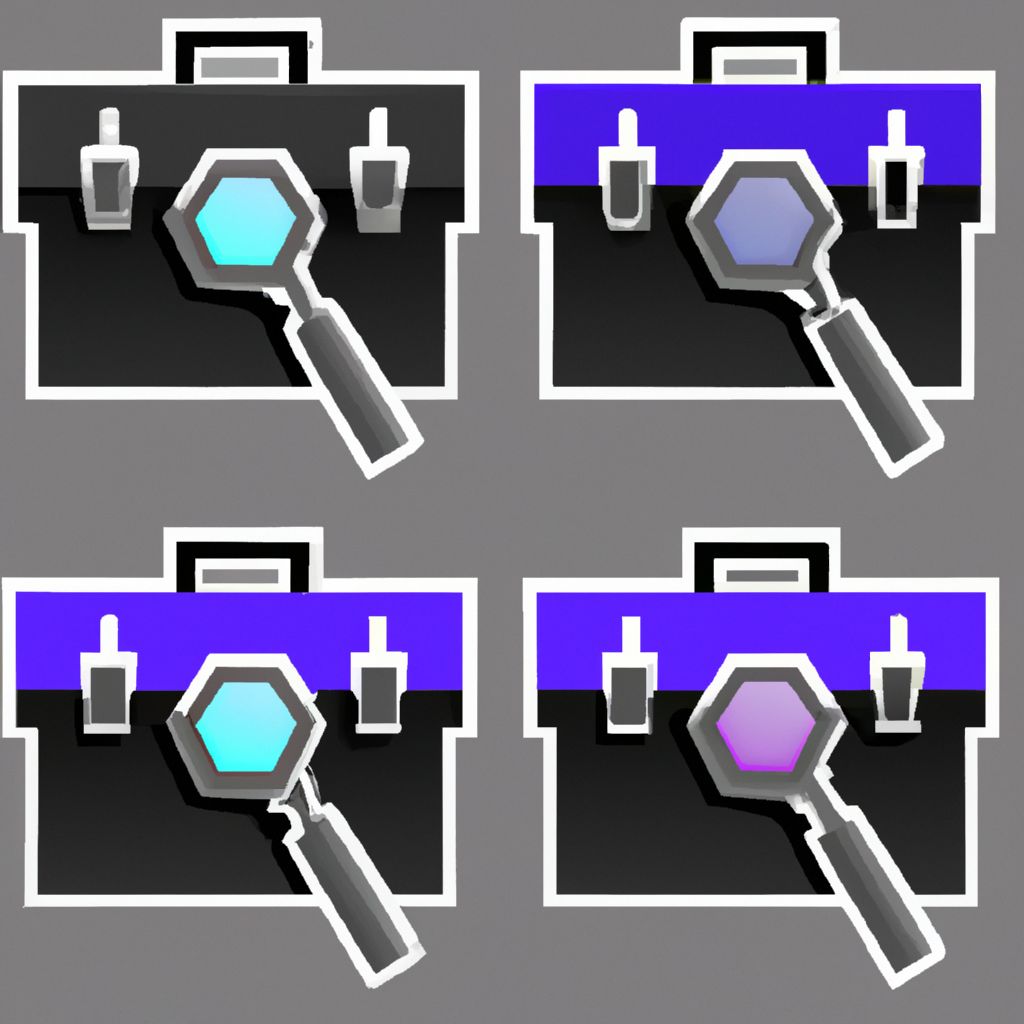Introduction: The Ethical Hacker's Toolkit
Ethical hacking and penetration testing require a diverse set of tools to effectively simulate real-world attacks and identify vulnerabilities. While the skill and methodology of the tester are paramount, having the right tools significantly enhances efficiency and capability. These "hacking tools," when used ethically and legally within the scope of an authorized assessment, are indispensable for security professionals.
It's crucial to emphasize that the tools themselves are neutral; their legitimacy depends entirely on their use. In the hands of an ethical hacker with proper authorization, they are instruments for improving security. Used without permission, they become tools for criminal activity. This post highlights some great, widely-used tools categorized by their typical function in a penetration test.
1. Reconnaissance Tools
This phase involves gathering information about the target.
- Nmap (Network Mapper): Perhaps the most famous network scanning tool. Nmap is used for network discovery and security auditing. It can identify hosts, open ports, running services (and their versions), operating systems, and firewall rules. Its scripting engine (NSE) allows for advanced vulnerability detection.
- theHarvester: Gathers emails, subdomains, hosts, employee names, open ports, and banners from public sources like search engines (Google, Bing), PGP key servers, and SHODAN. Excellent for initial OSINT (Open Source Intelligence).
- Maltego: A powerful OSINT tool that visualizes relationships between pieces of information gathered from diverse public sources. Great for mapping out connections between domains, people, and infrastructure.
- Recon-ng: A full-featured web reconnaissance framework written in Python. It has a modular structure allowing users to easily add new reconnaissance modules.
2. Scanning & Enumeration Tools
Once initial information is gathered, scanners probe for specific vulnerabilities and enumerate details.
- Nessus / OpenVAS: Vulnerability scanners that check systems against extensive databases of known vulnerabilities. Nessus is a commercial product, while OpenVAS is its open-source fork. They provide detailed reports on potential weaknesses.
- Nikto: A web server scanner that performs comprehensive tests against web servers for multiple items, including over 6700 potentially dangerous files/programs, checks for outdated versions, and server configuration issues.
- Enum4linux: A tool for enumerating information from Windows and Samba systems. Useful for finding usernames, shares, password policies, etc., during internal network tests.
3. Exploitation Frameworks
These tools help testers leverage identified vulnerabilities to gain access.
- Metasploit Framework: The most widely used exploitation framework. It contains a vast database of exploits, payloads, auxiliary modules, and encoders. It simplifies the process of exploiting known vulnerabilities and provides tools for post-exploitation activities.
- SQLmap: An automatic SQL injection and database takeover tool. It can detect and exploit SQL injection flaws, allowing testers to enumerate database information and potentially gain full control over the database server.
4. Web Application Testing Tools
These are specifically designed for probing web applications.
- Burp Suite: The de facto standard for web application penetration testing. It acts as an intercepting proxy, allowing testers to inspect and manipulate traffic between their browser and the target application. It includes modules for scanning, intrusion (fuzzing), repeating requests, and much more. Both free and professional versions are available.
- OWASP ZAP (Zed Attack Proxy): An open-source alternative to Burp Suite, also an intercepting proxy with powerful scanning and manual testing capabilities. Maintained by OWASP, it's a favorite among many security professionals.
5. Password Cracking Tools
Used to test password strength and recover credentials (ethically).
- John the Ripper ("John"): A fast password cracker available for many operating systems. It supports hundreds of hash and cipher types and can perform dictionary attacks, brute-force attacks, and hybrid attacks.
- Hashcat: Claims to be the world's fastest password cracker. It utilizes GPUs for massively parallel processing, making it incredibly efficient at cracking various hash types.
6. Network Traffic Analysis Tools
Essential for understanding network communications and identifying anomalies.
- Wireshark: The world's foremost network protocol analyzer. It allows testers to capture and interactively browse the traffic running on a computer network. Essential for deep packet inspection and troubleshooting network issues.
Conclusion: Skill Over Tools
While this list highlights some "great" and essential tools, it's by no means exhaustive. The cybersecurity landscape is constantly evolving, with new tools and techniques emerging regularly. Furthermore, the most effective penetration testers rely not just on their tools but on their deep understanding of systems, networks, applications, and attacker methodologies. Tools automate and assist, but critical thinking, creativity, and ethical conduct are the true hallmarks of a skilled penetration tester. Remember, always ensure you have explicit authorization before using any security testing tools against a target.
Disclaimer: This post represents the view of the individual author that wrote it and not necessarily the view of Rarefied Inc.
Looking for professional security testing?
Based on your interest in this topic, you might benefit from our specialized security services:
